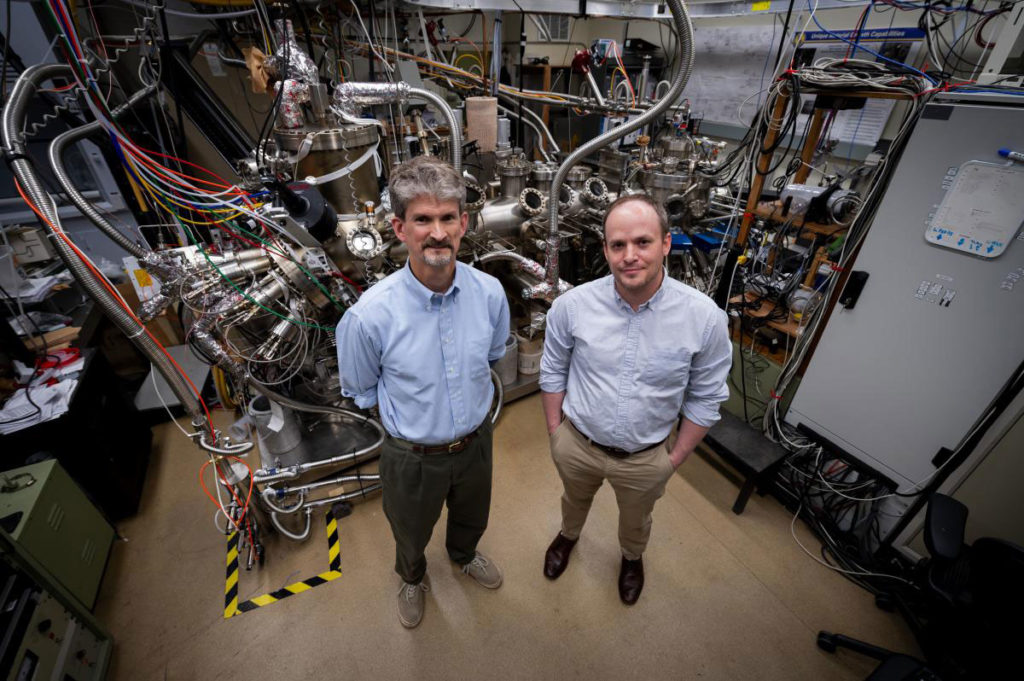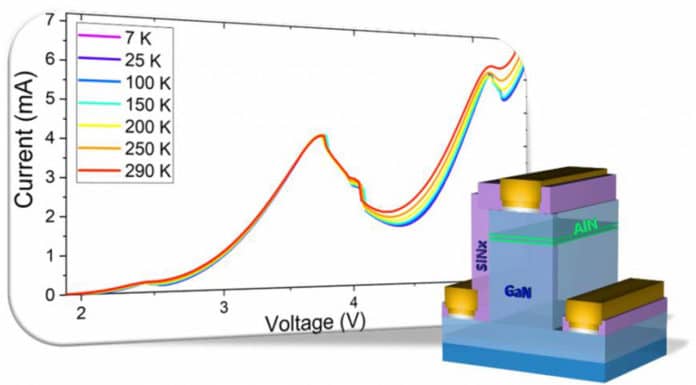David Storm, a research physicist, and Tyler Growden, an electrical engineer in collaboration with the U.S. Naval Research Laboratory, have developed new gallium nitride-based electrical component called a resonant tunneling diode (RTD) with performance beyond the anticipated speed of 5G.
The diodes allow high-speed transport of electrons. This fast speed enables taking advantage of a phenomenon called quantum tunneling.
Growden said, “Our work showed that gallium nitride-based RTDs are not inherently slow, as others suggested. They compare well in both frequency and output power to RTDs of different materials.”
The design of the diodes represented record current outputs and switching speeds, empowering applications requiring electromagnetics in the millimeter-wave region and frequencies in terahertz. Such applications could incorporate interchanges, networking, and sensing.
Measurements carried out on hundreds of devices, of varying sizes, revealed a yield of ∼90%.

Storm said, “accomplishing a high yield of operational tunneling devices can be difficult because they require sharp interfaces at the atomic level and are very sensitive to many sources of scattering and leakage.”
“Until now, gallium nitride was difficult to work with from a manufacturing perspective. I hate to say it, but our high yield was as simple as falling off a log, and a lot of it was due to our design.”
Scientists noted that they are committed to continually refining their RTD design to improve the current output without losing power potential. They performed their work along with colleagues at Ohio State University, Wright State University, as well as industry partners.
Journal Reference:
- Tyler A. Growden, Superior growth, yield, repeatability, and switching performance in GaN-based resonant tunneling diodes. DOI: 10.1063/1.5139219
